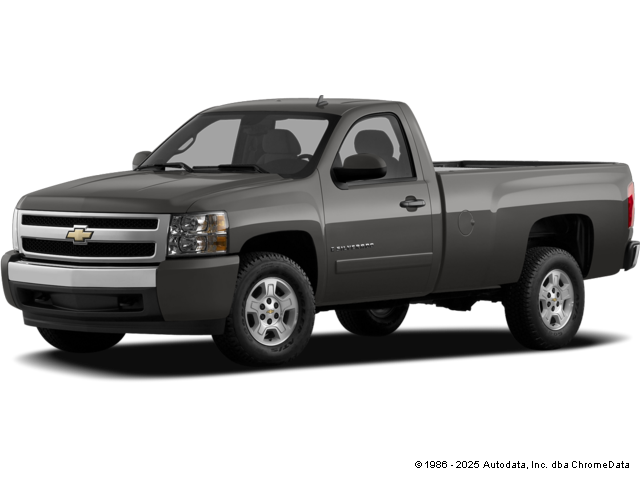2007 Chevrolet Silverado Classic

Mileage
127,428
Service Date
4/3/2019
Services Performed
- The vehicles fuel lines are in very poor condition from external deterioration. Replacement lines will be required to prevent future leaks in the system as well as stop any current leaks. Install fuel pressure test equipment and relieve the fuel system pressure. Clean all the fuel line connections and areas surrounding the fuel lines unions and clamps before removal in order to avoid possible contamination of the fuel system. Disconnect the fuel feed and fuel return pipe quick-connect fittings in the engine compartment. Disconnect the evaporative emissions (EVAP) purge pipe at the EVAP canister purge valve. Remove the fuel and EVAP pipes from the retainers. Raise the vehicle. Disconnect the fuel return pipe quick-connect fitting. Disconnect the EVAP purge pipe at the EVAP canister. Disconnect the threaded fitting from the fuel filter outlet. Cap the fuel filter, the fuel feed pipe and the fuel return pipe as needed in order to stop any fuel leakage. Clean and evaporator and purge inlets to ensure there is no debris to contaminate the valve or canistor. Install the fuel and the EVAP pipe bundle. Remove the caps from the fuel filter, the fuel feed pipe, and the fuel return pipe. Connect the fuel return pipe quick-connect fitting. Connect the EVAP purge pipe at the EVAP canister. Connect the threaded fitting to the fuel filter outlet (The fuel filter is usually replaced while performing this repair if the vehicle's design permits). Use a back-up wrench in order to prevent the fuel filter from turning. Tighten the fuel filter fitting to 30 [n-m] (22 lb ft). Lower the vehicle and connect the fuel pipes at the fuel rail. Connect the EVAP purge pipe at the EVAP canister purge valve. Install the fuel and EVAP pipes into their retainers and verify proper clearance from the chassis components. Tighten the fuel tank filler pipe cap and reinstall access pressure port caps. Connect the negative battery cable and pressure test the fuel system to check for leaks. Road test the vehicle and perform a final inspection to verify that all components are dry, properly clearanced, and sufficiently secured.
Todd T. gave our service a 5 star review on 4/8/2019

